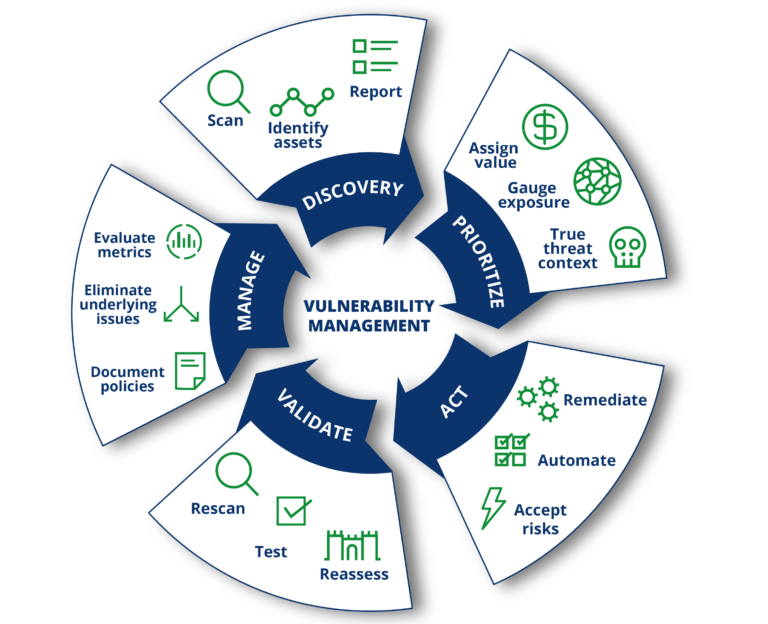ProStratus will help you carefully evaluate if outsourcing your IT is the right business decision. Sometimes it is a no-brainer, other times it’s a toss-up. Contact Us today to Schedule your Free Consultation. You will speak with a technical expert, not a sales rep. Our Services Sell Themselves.
We are in the business of transforming companies – we can’t wait to help you transform yours!













